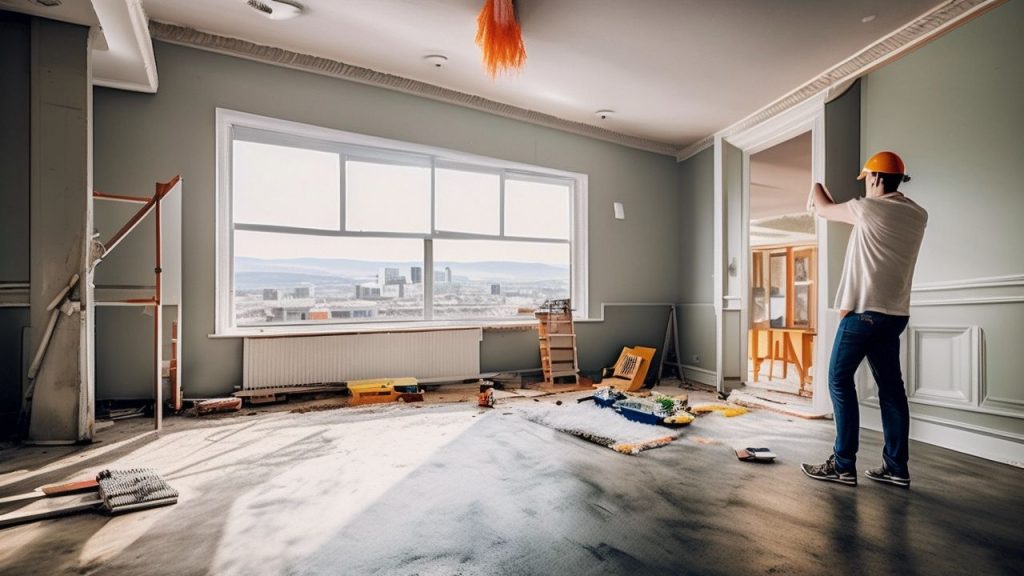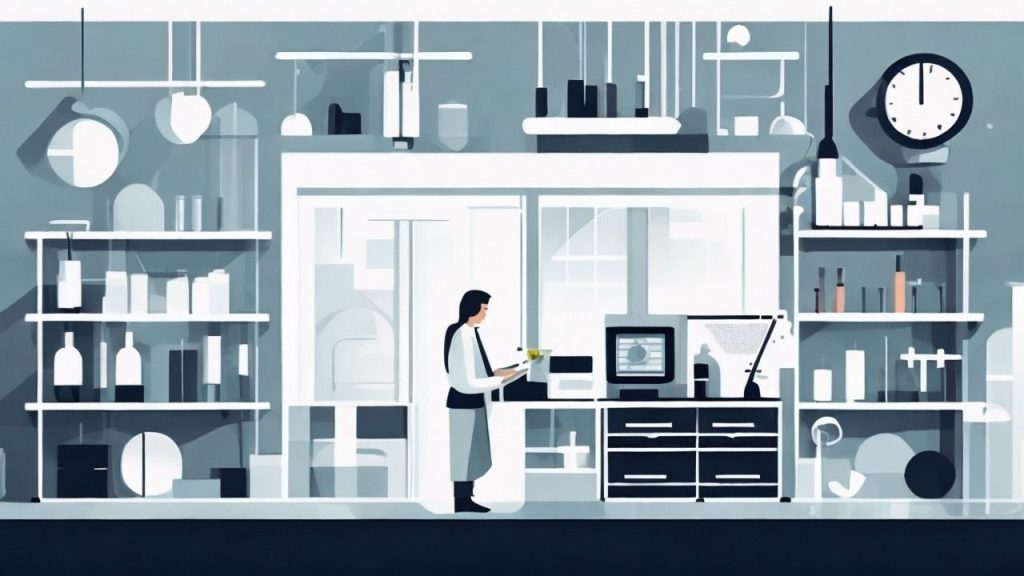Cancer-causing agents:Kitchen fumes pollution
Approximately 70% to 80% of a person’s life is spent indoors, and indoor air pollution affects their health. In many families, cooking on open fires and frying in oil are significant sources of indoor air pollution. In some impoverished areas, the kitchen and sleeping quarters are in the same room, or the stove is next to the bed, or the kitchen and bedroom are connected without separation.
The smoke from the stove and the oil fumes from the frying pan are all inside the kitchen. These fumes and oil smoke contain cancer-causing substances that are harmful to health and are one of the reasons why people get lung cancer. The polluted air in the kitchen can also spread to nearby rooms. Therefore, we advocate that stoves must have chimneys, the kitchen must be separated from the bedroom and resting room, and the kitchen should be well ventilated.

In many urban kitchens, coal gas, liquefied gas, and natural gas are burned, but sometimes the combustion is incomplete, polluting the air in the kitchen and nearby rooms. Therefore, it is necessary to always open the doors and windows of the kitchen, or install exhaust fans and range hoods to exhaust the polluted air outdoors and bring in fresh air.
Pollution from construction materials
Many residents regard home decoration as a hotspot. Some paint, plastic veneer materials, floor adhesives, binders, coatings, rubber, synthetic fibers, and some luxurious building materials have become commonplace. Some substandard decoration materials mainly contain five toxic substances: formaldehyde, benzene, esters, trichloroethylene, and radon gas. Formaldehyde is a irritating toxic gas that irritates the eyes, skin, respiratory system, and nerves. After contacting a certain amount of formaldehyde, it may cause nasal cancer, laryngeal cancer, lung cancer, etc. Benzene can inhibit human hematopoiesis, leading to reduced red blood cells, white blood cells, and platelets. Inhaling a large amount of benzene may cause leukemia, a blood cancer.
Esters and trichloroethylene mainly come from paint, binders, etc., and can cause conjunctivitis, laryngitis, etc. Therefore, if the above decoration materials are used, it is necessary to open the doors and windows during construction to ensure air circulation. After the decoration is completed, the house should be ventilated for 8 to 12 weeks or more to emit most of the harmful gases indoors before it can be safely inhabited.
Some soil and rocks contain radioactive nuclides that can release radon gas. Long-term exposure to a certain amount of radon gas can cause lung cancer, leukemia, and radiation sickness in humans.
In the United States, there are several standards and certifications that address the environmental and health aspects of building and decorating materials. Here are some of the key ones:
- LEED (Leadership in Energy and Environmental Design): This is a rating system devised by the U.S. Green Building Council (USGBC) that provides a framework for identifying and implementing practical and measurable green building design, construction, operations, and maintenance solutions. It includes points for the use of low-emitting materials, including adhesives, sealants, paints, coatings, and flooring systems.
- Green Seal: Green Seal is an independent, non-profit organization that provides science-based environmental certification standards. They offer certification for a variety of products, including paints and coatings, cleaning products, and other building materials, ensuring that they meet stringent environmental and health criteria.
- FloorScore: Developed by the Resilient Floor Covering Institute (RFCI) in conjunction with Scientific Certification Systems (SCS), FloorScore certification ensures that hard surface flooring and flooring adhesives comply with the volatile organic compound (VOC) emissions requirements of the California Section 01350 (CA 01350) standard.
- CARB (California Air Resources Board): The CARB has established standards for formaldehyde emissions from composite wood products, including hardwood plywood, particleboard, and medium-density fiberboard. These standards are often stricter than federal regulations and are followed by many manufacturers across the country.
- SCS Indoor Advantage Gold: Scientific Certification Systems (SCS) provides this certification for interior building materials, furnishings, and finishings. It ensures that products meet the criteria for indoor air quality as set forth by the California Department of Public Health Services Standard Practice for Specification Section 01350.
- EPA’s Comprehensive Procurement Guidelines (CPG): While not specific to building materials, the EPA’s CPG encourages the use of recycled content products, which can include certain types of insulation, ceiling tiles, and carpeting.
- USGBC’s Materials and Resources Criteria: In addition to LEED, the USGBC has specific criteria for materials and resources that can be used to guide the selection of products that have a reduced impact on human health and the environment throughout their life cycle.
These standards and certifications help ensure that the materials used in building and decorating projects are safe for occupants and have a reduced impact on the environment.

